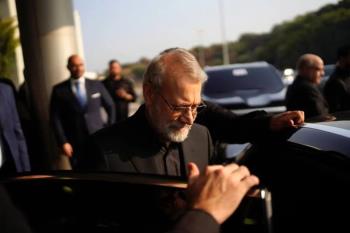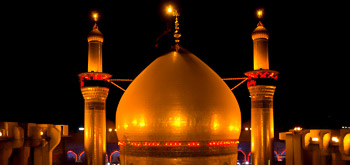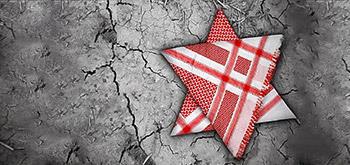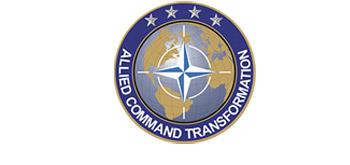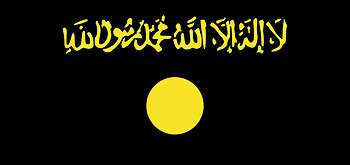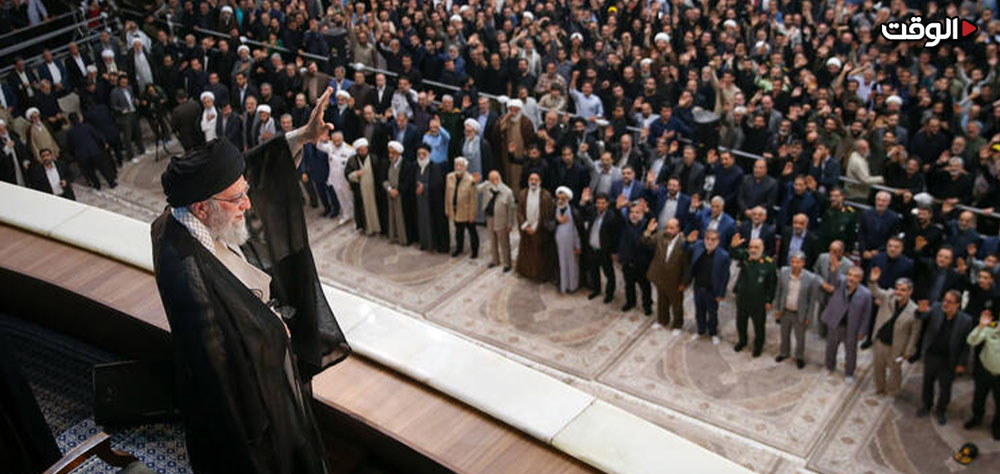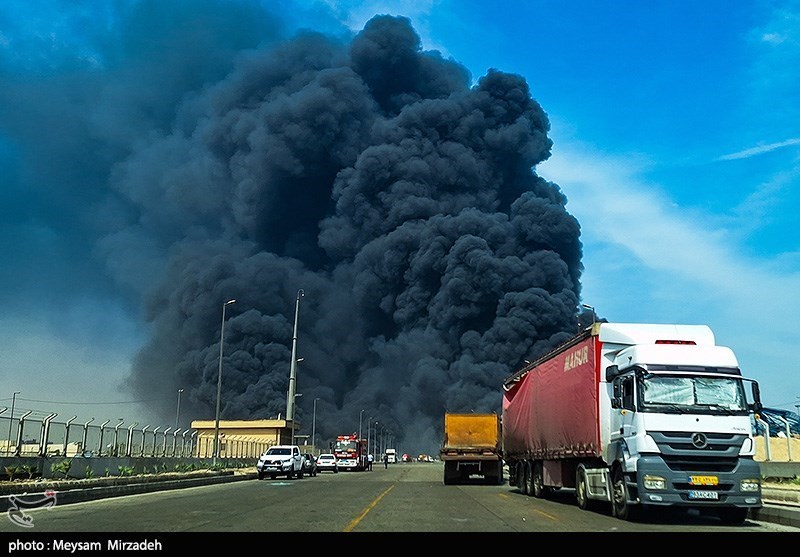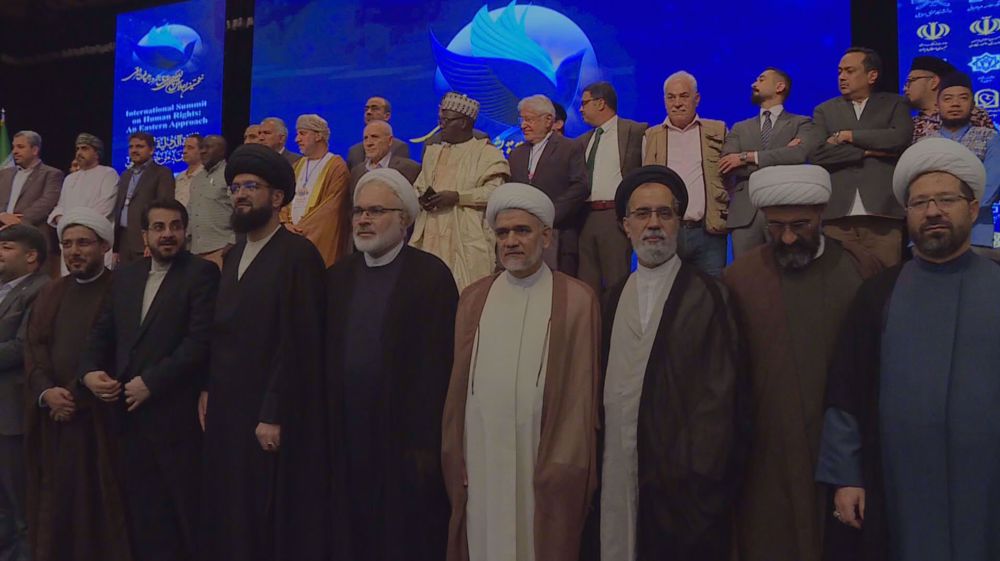The campaign comes down to one number: 270. That's the number of Electoral College votes both sides need to win and to claim the White House. The Electoral College was created in the earliest days of the US as a voting system that allows the disparate states to come together and elect a single president to represent them all.
Each state, plus Washington DC, is awarded a certain number of electoral votes based roughly on size. California, America's largest state, gets 55 votes while sparsely-populated Wyoming gets only three. All but two states use a winner-takes-all system, so if you win the most votes in a state you take its entire haul of Electoral College votes. There are 538 Electoral College votes in total and the candidate to get a majority - 270 - becomes president.
Strategists for Mitt Romney and Barack Obama have spent months and millions of dollars trying to figure out which combinations of states they need to win to get them over that crucial threshold of 270.
So how do they go about reaching 270?
By targeting "swing states" - a small group of around a dozen states that sometimes vote Democrat and sometimes vote Republican.
The vast majority of America's states are considered solidly committed to one party - for example California is unfailingly Democrat while Texas always goes Republican. But others, like Florida, Ohio and Iowa, are open to persuasion. The campaigns will focus their time, their money and their resources on winning these swing states and voters there will be bombarded with advertising and endless visits from the candidates.
What happens on Election Day itself?
On the morning of November 6, polling booths will open in all 50 states and in Washington DC and around 100 million votes are expected to be cast. Counting begins immediately and when voting finishes in the evening we will get our first glimpse of the exit polls, surveys carried out throughout the day that give an idea of who won.
Usually by around 11pm on the East Coast (4am GMT) it's become clear that one side has prevailed. In that case the losing candidate calls the winner to concede. Both men will give a speech: one to claim victory and the other admit defeat.
But there is always the possibility - as happened in 2000 - that at the end of Election Day we may still not know who's won. The result could either be too close to call without counting every vote or else legal battles over election procedures may delay the result or force a recount. It could even be a tie, with both candidates stuck at 269, in which case the House of Representatives would vote choose the next president.
If Mitt Romney wins does he become president straight away?
No. The next president will be publicly sworn into office on January 21, 2013, in an inauguration ceremony at the US Capitol in Washington DC. If Romney wins he'll spend the time between November and January - known as "the transition" - assembling his cabinet, his White House staff and preparing for government. If Obama wins his administration will largely stay in place, although he may decide to reshuffle his cabinet and aides for his second term.
Are voters just casting ballots for the presidential election?
No. As well as voting for president, Americans are also electing all 435 members of Congress's lower house, the House of Representatives, and one-third of the Senate. Plus, they are voting for a medley of local and state officials.
There has been a lot of talk about “SuperPACs”. What are those?
SuperPACs (super political action committees) are a new phenomenon that are having an extraordinary influence on this election. They are independent political groups - in theory not connected to any candidate - that are allowed to raise and spend unlimited amounts of money during the campaign.
By law, SuperPACs must be completely separate from the campaigns and are not allowed to donate or coordinate their efforts with the candidate’s staff. But the reality is that the SuperPACs act as aggressive proxies for the official campaigns, echoing their message and hammering their opponents. Priorities USA, a pro-Obama SuperPAC, is run by former White House staffers while Restore Our Future, a pro-Romney group, was founded by a former Romney aide.
The concept of the SuperPAC emerged from a landmark Supreme Court case, Citizens United v Federal Election Commission, where justices ruled that there could be no limits to how much money individuals, corporations or unions can donate to independent political groups, even if they are campaigning on behalf of one candidate.
Because SuperPACs are nominally independent from the campaigns they are often behind the election’s most scathing attacks which could easily backfire if launched by a candidate’s official campaign. A Priorities USA ad in August was widely criticized after it seemed to imply that Romney was responsible for the death of a woman whose husband had lost his healthcare when his factory shut down.
Source: telegraph.co.uk

